
Find Help
More Items From Ergsy search
-

How can I perform a testicular self-exam?
Relevance: 100%
-

What is testicular cancer?
Relevance: 59%
-

What is testicular cancer?
Relevance: 58%
-

What is testicular cancer?
Relevance: 56%
-
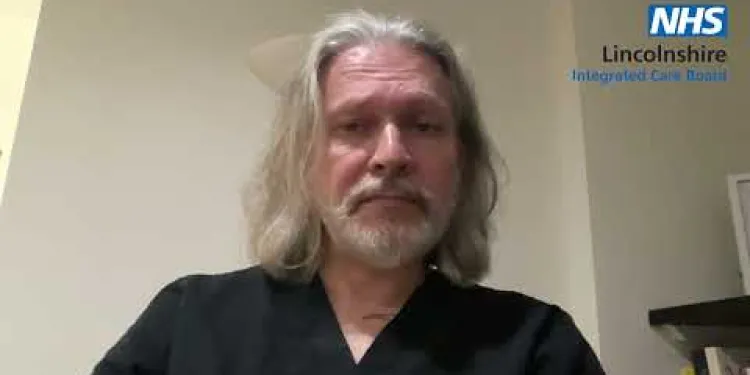
Getting to know your Testicles: Testicular Cancer Awareness with Dr James Howarth, Spilsby Surgery
Relevance: 53%
-
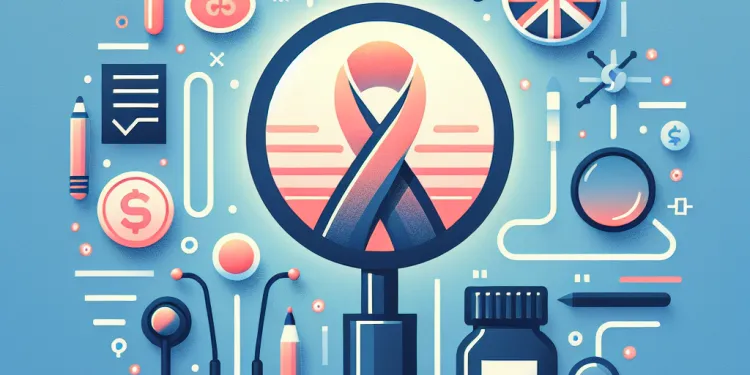
Is testicular cancer treatable?
Relevance: 46%
-
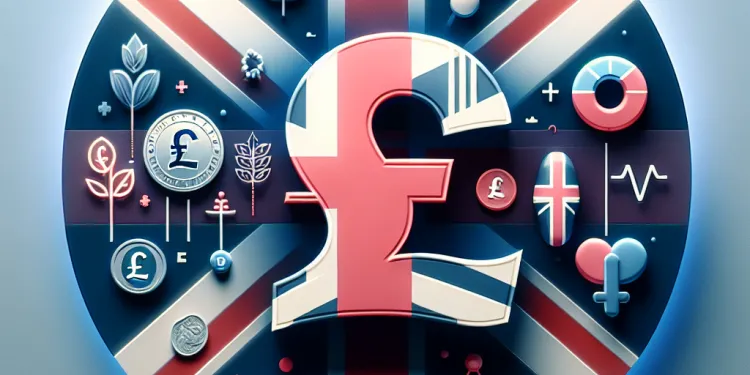
How common is testicular cancer?
Relevance: 46%
-

What causes testicular cancer?
Relevance: 45%
-

Who is at risk for testicular cancer?
Relevance: 45%
-
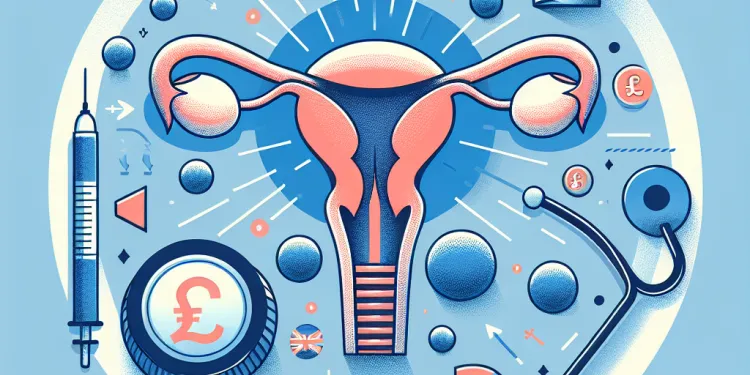
What are the symptoms of testicular cancer?
Relevance: 45%
-

What are the stages of testicular cancer?
Relevance: 44%
-
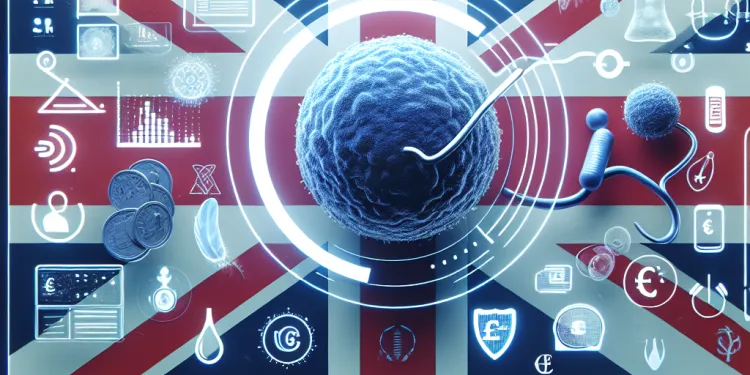
How is testicular cancer diagnosed?
Relevance: 44%
-

What is the survival rate for testicular cancer?
Relevance: 44%
-
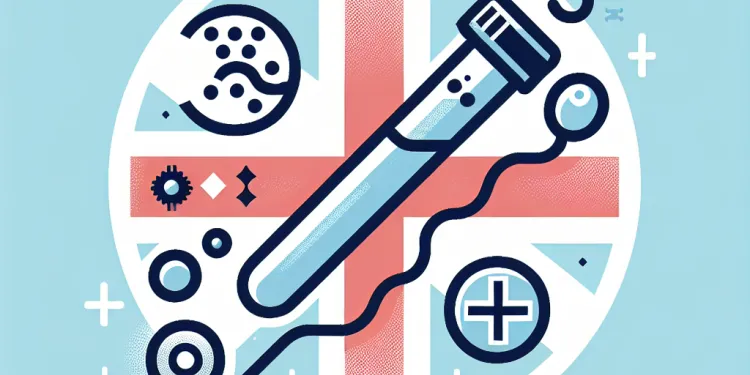
Is fertility affected by testicular cancer?
Relevance: 44%
-

Can lifestyle changes help prevent testicular cancer?
Relevance: 43%
-

What types of treatments are available for testicular cancer?
Relevance: 42%
-

Are there support groups for those affected by testicular cancer?
Relevance: 41%
-

Can testicular cancer spread to other parts of the body?
Relevance: 41%
-

Can testicular cancer recur after treatment?
Relevance: 41%
-

What role do tumor markers play in testicular cancer?
Relevance: 39%
-

When should I see a doctor about potential testicular cancer?
Relevance: 27%
-

What is a seminoma?
Relevance: 20%
-

What should I do if I notice changes during self-testing?
Relevance: 15%
-
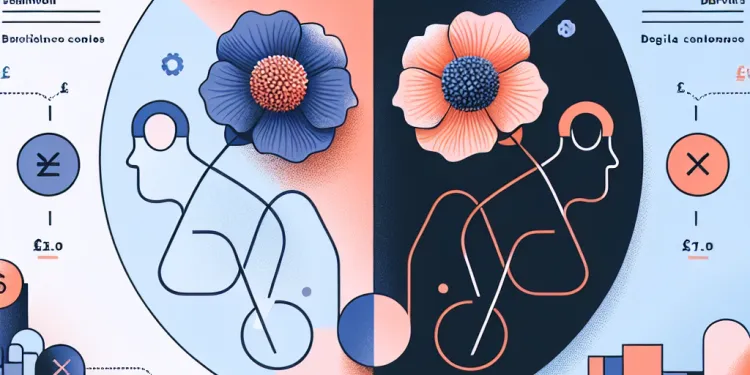
What's the difference between seminomas and non-seminomas?
Relevance: 14%
-
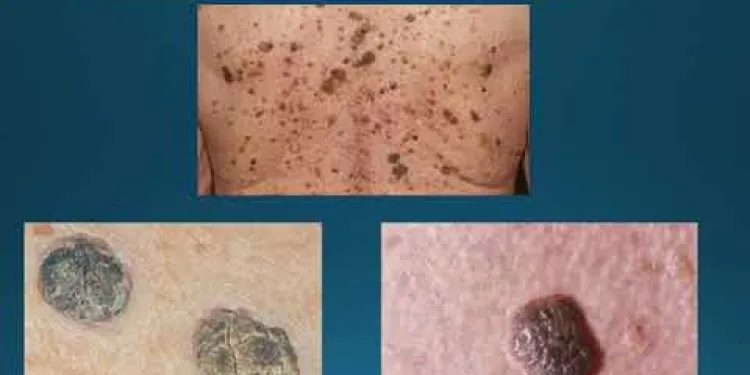
Skin cancer education
Relevance: 11%
-

How is the sperm used in IVF?
Relevance: 9%
-
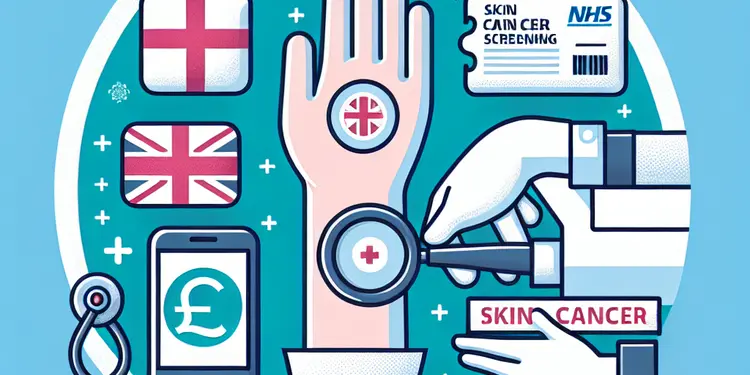
What is a skin cancer screening?
Relevance: 8%
-
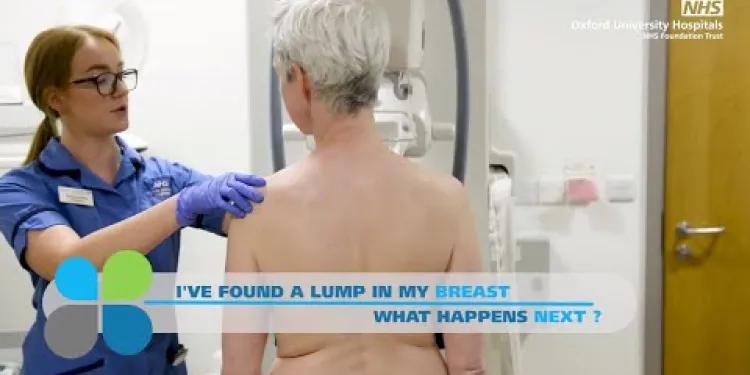
I've found a lump in my breast - What happens next? The breast diagnostic clinic
Relevance: 7%
-
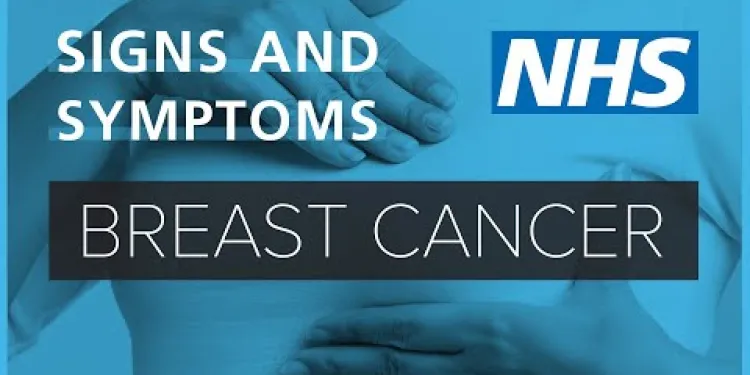
About Breast cancer - signs and symptoms | NHS
Relevance: 7%
-
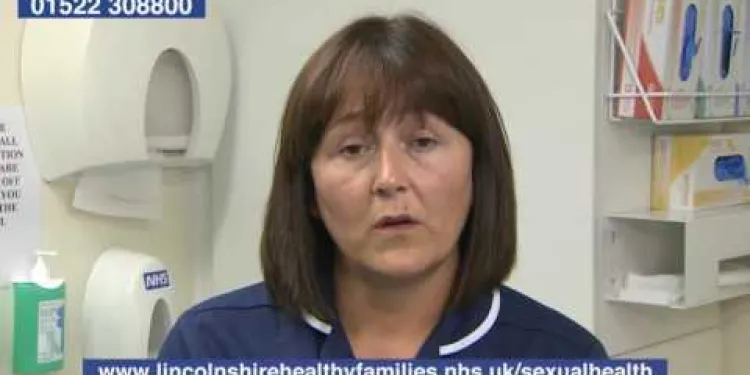
The symptoms of gonorrhoea
Relevance: 6%
-

What are the benefits of regular mammograms?
Relevance: 3%
-
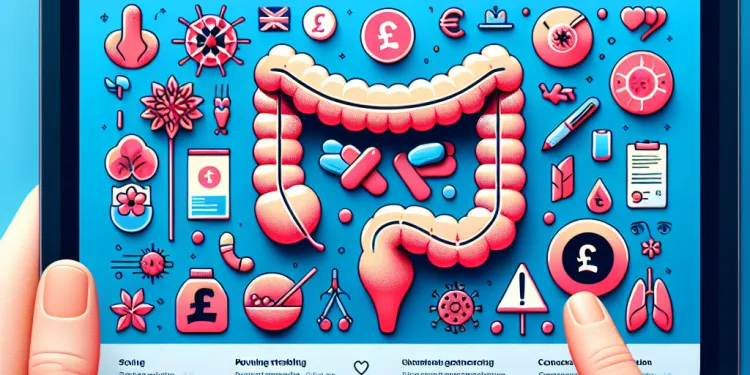
What are the risk factors for bowel cancer?
Relevance: 3%
-

What are the reasons for male infertility?
Relevance: 3%
-
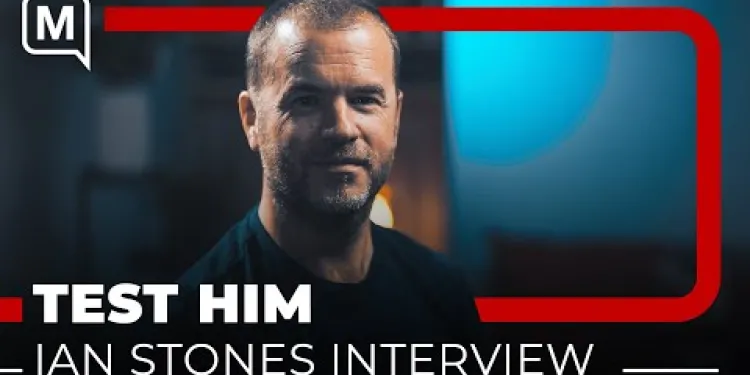
Ian Stones - Test him - Male Infertility
Relevance: 3%
-

How does IVF work?
Relevance: 3%
Introduction to Testicular Self-Exam
Performing a testicular self-exam is an important practice for men to help detect any unusual changes or lumps early. Regular self-exams can help identify potential issues such as testicular cancer at an early stage when treatment is typically more effective. Men in the UK, as elsewhere, should aim to perform this self-exam monthly.
When to Perform a Testicular Self-Exam
The ideal time to perform a testicular self-exam is after a warm shower or bath. The warmth relaxes the scrotal skin, making it easier to feel for any abnormalities. The relaxed state of the testicles under these conditions improves the chances of noticing any subtle changes.
Steps for Performing the Exam
1. Stand in front of a mirror: Position yourself in front of a mirror and look for any visible swelling on the scrotal skin.
2. Examine each testicle one at a time: Use both hands to gently roll each testicle between your fingers and thumbs. Place your index and middle fingers underneath as support and your thumbs on top.
3. Feel for lumps or changes: Be attentive to any lumps or irregularities. Remember, it’s normal for one testicle to be slightly larger or hang lower than the other, but any significant change should be noted.
4. Check the epididymis: Identify the epididymis, the soft tube-like structure behind the testicle. It’s normal to feel this structure, but distinguish it from the testicle itself to ensure that you don’t mistake it for an abnormal lump.
What to Look For
During a self-exam, be vigilant for any small, hard lumps or unusual changes in size, shape, or texture. Other warning signs include a feeling of heaviness in the scrotum or a dull ache in the abdomen or groin. Report any vagueness, enlargement, or discomfort to your GP promptly.
Why Regular Self-Exams Matter
Testicular cancer is relatively rare but it is one of the most common cancers in men aged 15 to 49 in the UK. Performing regular self-exams can aid in early detection, which significantly improves treatment success rates. Being proactive also helps you become familiar with your body so you can spot abnormalities quickly.
Consulting with Health Professionals
If you notice any abnormalities or have concerns, consult with your GP. They can perform further evaluation if necessary. Don’t hesitate to seek professional advice, as early detection plays a crucial role in effective treatment.
Conclusion
By performing regular testicular self-exams, men can play an active role in their health. Alongside other healthy lifestyle habits, self-exams can contribute to early detection and excellent management of potential health issues. Remember, this simple routine can make a significant difference.
What is a Testicular Self-Exam?
A testicular self-exam is a way for men to check their testicles for any lumps or changes. This is important because it can help find problems like testicular cancer early. Finding problems early makes them easier to treat. Men in the UK should try to do this exam every month.
When Should You Do a Testicular Self-Exam?
The best time to do this exam is after a warm shower or bath. The heat makes the skin soft and relaxed, so it is easier to feel any changes. When the testicles are relaxed, it helps you notice small changes better.
How to Do the Exam
1. Stand in front of a mirror: Look to see if the skin looks different or swollen.
2. Check each testicle one by one: Use both hands. Gently roll each testicle between your fingers and thumbs. Support the testicle with your fingers underneath and your thumbs on top.
3. Feel for lumps or changes: Notice any lumps or bumps. It's normal if one testicle is a bit bigger or lower than the other. But tell your doctor if you see big changes.
4. Find the epididymis: This is the soft tube behind the testicle. It is normal to feel this tube but make sure you are not mistaking it for a lump.
What to Look For
During the exam, look for small, hard lumps or any changes in size, shape, or feel. Other signs to watch for are a heavy feeling in the scrotum or a dull pain in your belly or groin. If you notice anything unusual, tell your doctor right away.
Why Are Self-Exams Important?
Testicular cancer doesn't happen often, but it is common in men aged 15 to 49 in the UK. Regular self-exams help find problems early, which makes treatment work better. Knowing your body well also helps you notice changes quickly.
Talk to Your Doctor
If you find something unusual or have any worries, talk to your doctor. They can check if everything is okay. Don't wait to get help, because finding problems early is important for treatment.
Summary
By checking your testicles regularly, you take charge of your health. This can help find and treat problems early. Along with other healthy habits, self-exams keep you aware of your body. Remember, this simple step can make a big difference.
Frequently Asked Questions
What is a testicular self-exam?
A testicular self-exam is a procedure where an individual inspects and feels their testicles to check for unusual lumps or changes.
Why should I perform a testicular self-exam?
Performing a self-exam can help detect testicular cancer early, when it's most treatable. It's important to know what's normal for your body and identify changes early.
How often should I perform a testicular self-exam?
It's recommended to perform a testicular self-exam once a month.
When is the best time to perform a testicular self-exam?
The best time to perform a testicular self-exam is after a warm bath or shower, when the scrotum is relaxed.
What am I looking for during a testicular self-exam?
You are checking for any lumps, swelling, or changes in size, shape, or consistency of the testicles.
How do I start a testicular self-exam?
Stand in front of a mirror and check for any swelling on the skin of the scrotum.
What are the steps for performing the self-exam?
Gently roll each testicle between your fingers and thumb, feeling for any lumps or inconsistencies.
Should both testicles be the same size?
It's normal for one testicle to be slightly larger than the other.
What should I do if I feel a lump during my self-exam?
If you find a lump, swelling, or any other change, you should consult a doctor as soon as possible.
What does a normal testicle feel like?
A normal testicle should feel smooth and firm, without any noticeable lumps.
Can other conditions cause lumps on the testicles?
Yes, conditions like cysts or varicoceles can cause lumps, but it's important to have them evaluated by a healthcare provider.
What part of the body am I examining during the self-exam?
You examine the testicles and the area around them, including the scrotum.
Is it painful to perform a testicular self-exam?
No, a testicular self-exam should not be painful. If you experience pain, you should visit your doctor.
What if I find a change in my testicles but it's not painful?
Any notable change, painful or not, should be discussed with a healthcare professional.
How does a monthly self-exam help with early detection?
Regular self-exams help you become familiar with what’s normal for you, so you can identify any changes quickly.
Are there visual signs I should look for besides lumps?
Yes, swelling, enlargement, or any unusual skin changes should be noted.
Can I perform a self-exam without a mirror?
Yes, but using a mirror can help you identify any swelling or changes in shape that are visible.
Is it normal for the testicles to move or change position?
Yes, testicles can move slightly within the scrotum, which is normal.
What role do personal hygiene and lifestyle play in testicular health?
Maintaining good hygiene and a healthy lifestyle may help prevent some conditions, but regular self-exams are still important.
Who should I contact if I have concerns after a self-exam?
You should contact a healthcare provider, such as your family doctor or a urologist, if you have any concerns.
What is a testicular self-exam?
A testicular self-exam is when you check your own testicles. It helps you make sure they are healthy.
You can do this by feeling them gently to check for lumps or changes.
Use your fingers and thumb to roll each testicle between them.
It is best to do this once a month.
If you find anything different or feel worried, tell an adult or a doctor.
A testicular self-exam is a way to check your testicles yourself. You look and feel them to see if there are any strange bumps or changes.
Why should I check my testicles myself?
Checking your testicles can help you find anything unusual early, like lumps or changes.
This helps you stay healthy and go to the doctor if needed.
Ask an adult to show you how or watch a how-to video.
Doing a self-check can help find testicular cancer early. This is when it can be treated best. It's good to know what feels normal for your body and notice any changes early.
How often should I check my testicles myself?
It's good to check your testicles every month. This helps you feel any changes early. Try to check them after a warm shower when your skin is relaxed.
If unsure how to check, ask a doctor or nurse to show you. They can help you learn. You can also use videos or guides for help.
You should check your testicles once every month.
When is the best time to check your testicles yourself?
The best time to check your testicles is after a warm bath or shower. This is because your scrotum is relaxed then.
What should I check for when looking at my testicles?
You are looking for any bumps, swelling, or changes in how the testicles feel or look.
How can I check my testicles myself?
Checking your testicles helps you stay healthy. Here is how you can do it:
- Do the check after a warm shower or bath. Your skin will be relaxed.
- Stand in front of a mirror. Look for any swelling on the skin.
- Hold one testicle at a time with both hands. Roll it gently between your fingers.
- Feel for any lumps or changes. Don't be scared; just check carefully.
If you find something unusual, tell an adult you trust. They can help you see a doctor.
Tools to help:
- Ask someone older to explain this to you.
- Watch a video for more help.
- Use pictures or drawings to understand better.
Look at yourself in a mirror. See if there are any bumps on the skin of the scrotum.
How do I check myself?
Here are the easy steps to check yourself:
- Stand in front of a mirror. Look at your body.
- Use your hands to feel your body.
- Check for any changes or bumps.
- If something feels different, tell an adult or doctor.
If you need help, ask someone you trust or use a picture guide.
Use your fingers and thumb to softly move each testicle. Feel to check if there are any bumps or anything unusual.
Are Both Testicles the Same Size?
Testicles are part of the male body. They are usually not the exact same size. It is normal if one is a bit bigger or hangs lower than the other.
If you feel worried about your testicles, it is a good idea to talk to a doctor. They can help you feel better and answer any questions you have.
If you find reading difficult, you can:
- Ask someone to read with you.
- Use a tool that reads text out loud.
- Take your time and read slowly.
It is okay if one testicle is a bit bigger than the other.
What should I do if I find a lump when I check myself?
If you feel a lump on your body when you check yourself, don't worry. But it's important to tell a grown-up you trust or visit a doctor. They can help you understand what it is.
Here are some things you can do:
- Take deep breaths and stay calm.
- Tell someone you trust what you found.
- Ask a doctor or nurse to look at it.
Remember, lumps are not always bad, but it's good to make sure. A doctor can help you feel safe and well.
If you find a lump, bump, or other change, tell a doctor right away.
What does a normal testicle feel like?
A normal testicle feels smooth and round. It is soft but a little firm, like a boiled egg. Check your testicles once a month. If you feel a lump or something strange, tell an adult or a doctor.
It can help to look at pictures or use a mirror. Ask for help if you are not sure.
Some helpful tools are videos and apps that explain how to check testicles.
A healthy testicle should feel smooth and firm. It should not have any bumps or lumps.
Can other things cause lumps on the testicles?
Yes, different things can cause lumps on the testicles. Here are some:
- Cysts: Small, harmless bumps that can form.
- Infections: Germs can sometimes cause lumps.
- Injuries: Getting hurt can make a lump.
If you find a lump, it is a good idea to tell an adult or see a doctor. They can help you know what to do next.
If reading is hard, you can ask someone to read with you, use a highlight pen for important words, or try audio books.
Yes, things like cysts or varicoceles can make lumps. But, it is very important to see a doctor to check them.
Which Body Part Am I Looking At When I Check Myself?
You look at the testicles and the area around them. This area is called the scrotum.
Does it hurt to check your testicles yourself?
Checking your testicles should not hurt. If you feel pain, stop and try again later. It's okay to feel a little pressure, but not pain.
Try using a mirror to see better. You can also ask a doctor for help. They can show you how to do it safely.
A testicular self-check should not hurt. If it does hurt, go see your doctor.
What should I do if I feel something different in my testicles but it doesn't hurt?
If you feel something different in your testicles, like a bump or a change in size, it's important to tell an adult you trust. You can also talk to a doctor. They can help you figure out what it is.
Even if it doesn't hurt, it can still be important.
You can use a diary to help you keep track of any changes. Writing down what you feel and when you felt it can help the doctor understand what's going on.
If your body changes in a big way, even if it doesn't hurt, talk to a doctor or nurse about it.
Why is checking yourself every month important?
Checking your body every month can help you find changes early.
Checking yourself regularly helps you know what feels normal for you. This way, you can notice if anything changes quickly.
What other things should I look for besides lumps?
Yes, if you see any swelling, bigger areas, or changes in the skin, you should pay attention to them.
Can I check myself without using a mirror?
Yes, you can check your body without a mirror. Here are some simple steps:
- Find a quiet place where you feel comfortable.
- Use your hands to gently touch and feel different parts of your body.
- Look for anything that seems different or unusual.
If you find something that worries you, ask an adult or a doctor for help. You can also use a flashlight to see better in dark places.
Yes, a mirror can help you see if anything is swollen or looks different.
Do testicles move or change places normally?
Yes, it is normal for testicles to move or change position. They can move up, down, or sometimes to the side. This is how the body works to keep them the right temperature.
If you are worried, it is a good idea to talk to a doctor.
Some people like to use picture cards to help them understand better. Talking to someone you trust can also help if you feel unsure.
Yes, it is normal for testicles to move a little inside the scrotum.
How do keeping clean and living healthy help your testicles?
Keeping your body clean and making healthy choices are good for your testicles.
- Wash regularly: Take baths or showers to keep your body, including your private parts, clean.
- Wear comfy clothes: Wear underwear that fits well. It shouldn't be too tight.
- Eat healthy food: Eat fruits and veggies to keep your body strong.
- Exercise: Move your body and have fun playing! It's good for you.
- Visit the doctor: Go to the doctor for regular check-ups. It's important for staying healthy.
Ask for help from an adult if you have questions. It's always okay to talk about your health.
Keeping clean and healthy can help you stay well. But, it's also important to check your body regularly, just to be safe.
Who do I talk to if I feel worried after checking myself?
Talk to a doctor if you are worried. You can speak to your family doctor or a doctor who is an expert in pee problems.
Useful Links
- Ergsy carfully checks the information in the videos we provide here.
- Videos shown by Youtube after a video has completed, have NOT been reviewed by ERGSY.
- To view, click the arrow in centre of video.
- Most of the videos you find here will have subtitles and/or closed captions available.
- You may need to turn these on, and choose your preferred language.
- Go to the video you'd like to watch.
- If closed captions (CC) are available, settings will be visible on the bottom right of the video player.
- To turn on Captions, click settings .
- To turn off Captions, click settings again.
More Items From Ergsy search
-

How can I perform a testicular self-exam?
Relevance: 100%
-

What is testicular cancer?
Relevance: 59%
-

What is testicular cancer?
Relevance: 58%
-

What is testicular cancer?
Relevance: 56%
-

Getting to know your Testicles: Testicular Cancer Awareness with Dr James Howarth, Spilsby Surgery
Relevance: 53%
-

Is testicular cancer treatable?
Relevance: 46%
-

How common is testicular cancer?
Relevance: 46%
-

What causes testicular cancer?
Relevance: 45%
-

Who is at risk for testicular cancer?
Relevance: 45%
-

What are the symptoms of testicular cancer?
Relevance: 45%
-

What are the stages of testicular cancer?
Relevance: 44%
-

How is testicular cancer diagnosed?
Relevance: 44%
-

What is the survival rate for testicular cancer?
Relevance: 44%
-

Is fertility affected by testicular cancer?
Relevance: 44%
-

Can lifestyle changes help prevent testicular cancer?
Relevance: 43%
-

What types of treatments are available for testicular cancer?
Relevance: 42%
-

Are there support groups for those affected by testicular cancer?
Relevance: 41%
-

Can testicular cancer spread to other parts of the body?
Relevance: 41%
-

Can testicular cancer recur after treatment?
Relevance: 41%
-

What role do tumor markers play in testicular cancer?
Relevance: 39%
-

When should I see a doctor about potential testicular cancer?
Relevance: 27%
-

What is a seminoma?
Relevance: 20%
-

What should I do if I notice changes during self-testing?
Relevance: 15%
-

What's the difference between seminomas and non-seminomas?
Relevance: 14%
-

Skin cancer education
Relevance: 11%
-

How is the sperm used in IVF?
Relevance: 9%
-

What is a skin cancer screening?
Relevance: 8%
-

I've found a lump in my breast - What happens next? The breast diagnostic clinic
Relevance: 7%
-

About Breast cancer - signs and symptoms | NHS
Relevance: 7%
-

The symptoms of gonorrhoea
Relevance: 6%
-

What are the benefits of regular mammograms?
Relevance: 3%
-

What are the risk factors for bowel cancer?
Relevance: 3%
-

What are the reasons for male infertility?
Relevance: 3%
-

Ian Stones - Test him - Male Infertility
Relevance: 3%
-

How does IVF work?
Relevance: 3%


